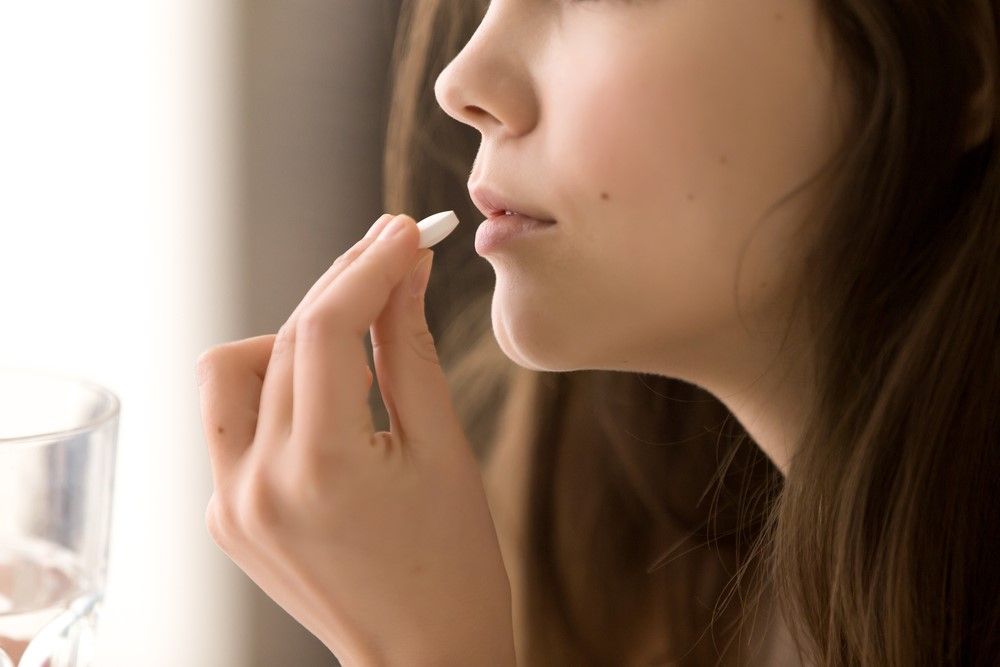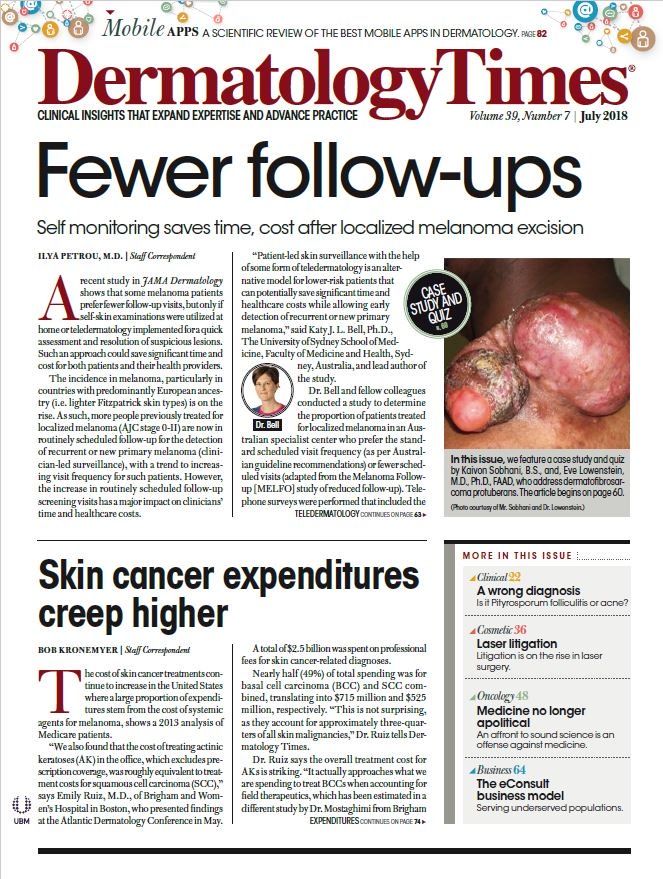- Case-Based Roundtable
- General Dermatology
- Eczema
- Chronic Hand Eczema
- Alopecia
- Aesthetics
- Vitiligo
- COVID-19
- Actinic Keratosis
- Precision Medicine and Biologics
- Rare Disease
- Wound Care
- Rosacea
- Psoriasis
- Psoriatic Arthritis
- Atopic Dermatitis
- Melasma
- NP and PA
- Skin Cancer
- Hidradenitis Suppurativa
- Drug Watch
- Pigmentary Disorders
- Acne
- Pediatric Dermatology
- Practice Management
- Prurigo Nodularis
- Buy-and-Bill
Publication
Article
Dermatology Times
Avoid antibiotics for acne treatment when possible
Author(s):
Years ago antibiotics were used to treat acne because it was thought that the condition was an infectious disease, says Dr. Hilary Baldwin of the Rutgers Robert Wood Johnson Medical School.
(©FizkesNivens/Shutterstock.com)

Years ago antibiotics were used to treat acne because it was thought that the condition was an infectious disease, says Dr. Hilary Baldwin of the Rutgers Robert Wood Johnson Medical School in New Jersey. However, it is now realized that while Propionibacterium (P) acnes is implicated in the pathophysiology of the condition by producing an inflammatory cascade, acne is not the result of a bacterial infection because all adults have P. acnes in follicles and the severity of acne does not correlate with P. acnes counts.
And, it’s not that antibiotics don’t work, she concedes. “Sometimes we can’t make people better without them. The point is, we need to try to avoid them whenever possible.”
Rising antimicrobial resistance and a dearth of new antibiotics means that the use of antibiotics need to be avoided whenever possible throughout healthcare and in veterinary practice, but the majority of dermatologists treating acne still embrace the antibiotic stewardship agenda, said Dr. Baldwin who also serves as medical director of The Acne Treatment and Research Center in Morristown, N.J. She addressed the issue of antibiotic use for acne treatment at the Skin of Color Seminar Series held in May in New York.
Dermatologists make up less than 1% of U.S. physicians, but they write 5% of all scrips for oral antibiotics. “In my experience, perhaps less than 50% [of dermatologists] have bought into the concept that they are part of the problem, so it’s still an uphill climb to really convince people that although antibiotics make people better in the long run, they are doing us a harm,” she says.
These dermatologists are not thinking about antimicrobial resistance, or they presume there is another antibiotic just around the corner, she believes, particularly the older generation who were used to a new antibiotic every year when they first started practice. But the truth is, there hasn’t been a new antibiotic for acne since daptomycin was launched in the late 1980s.
USING ANTIBIOTICS
Topical erythromycin should be avoided completely for the treatment of acne, Dr. Baldwin emphasizes, “Topical erythromycins no longer works in the United States, because P. acnes has become so resistant to it, and when you use topical erythromycins it does not treat acne. All it does is increase the resistance of all the bacteria that happened to be sitting on the skin.”
Topical clindamycin loses effectiveness after about two months unless it is combined with benzoyl peroxide, she explains. “Benzoyl peroxide reduces the development of resistant organisms when used in conjunction with either topical or oral antibiotics, so if you are going to use clindamycin, in my opinion, it ought to be in the tube along with the benzoyl peroxide.”
In fact, every time an oral or topical antibiotic is prescribed, it should be combined with benzoyl peroxide, she says. “Every single time, without fail.”
But as patients don’t like benzoyl peroxide because it bleaches fabric, dermatologists don’t recommend it because they don’t want to be faced with patients annoyed that their sheets and pillowcases have become stained, she says.
“You have to take the extra effort to educate the patients so that they are using this very important product,” she says.
Regardless of what other treatments they are receiving, every acne patient should be using a retinoid, Dr. Baldwin adds. “A lot of non-dermatologists try to treat acne without the topical retinoids and it just doesn’t work. Everybody needs to be treated with a topical retinoid to unclog the follicles and to reduce the pre-pimples.”
The biggest problem with antibiotics, if they work, is that patients are being left on them for years she explains. “Patients don’t want to come of them, so it is our responsibility to insist on it and of course people don’t want to do that because it takes a lot of time, it takes a lot of medication and the patients are not happy, they want to stay on it, because it works so well,” Dr. Baldwin says.
COMING OFF ANTIBIOTICS
When it is necessary to offer antibiotics, dermatologists need to ensure they put an exit strategy in place by informing the patient that they will be on antibiotics only for the short term. Tell them: “You are only going to be on this for two months, at the end of two months I am going to take you off this, period, and the topical medication that I give you is what is going to stop you from relapsing,” Dr. Baldwin states. “Never ever should a patient just be on an oral antibiotic. At the very least they have to have benzoyl peroxide and they have to use a retinoid,” she says.
“There are a lot of patients out there who realize that pills are a lot easier than creams. Then the day comes that I stop the oral antibiotics and it takes a month or two for the topicals to work so they flare. If they’ve been used to topicals all along, they will be able to come off their antibiotics.”
If patients really can’t come off antibiotics, they may be able to be downgraded from an antibiotic dose to the anti-inflammatory dose of doxycycline (40 mg delayed release doxycycline), she suggests.
OTHER OPTIONS
Dermatologists should utilize everything they can in their medication toolbox to avoid using antibiotics, Dr. Baldwin says.
For women, she suggests trying spironolactone and oral contraceptives. However, spironolactone has antiandrogen effects, so she recommends early use of isotretinoin.
Products in the pipeline that could be used instead of existing antibiotics, include topical minocycline gel and sarecycline, which is an oral antibiotic with a more narrow spectrum that does not kill as many organisms in the gut so may be less of risk in terms of raising antimicrobial resistance.
Two other drugs which had appeared promising – a topical sebum inhibitor and a nitric oxide gel – did not perform well in phase three trials, she says.






